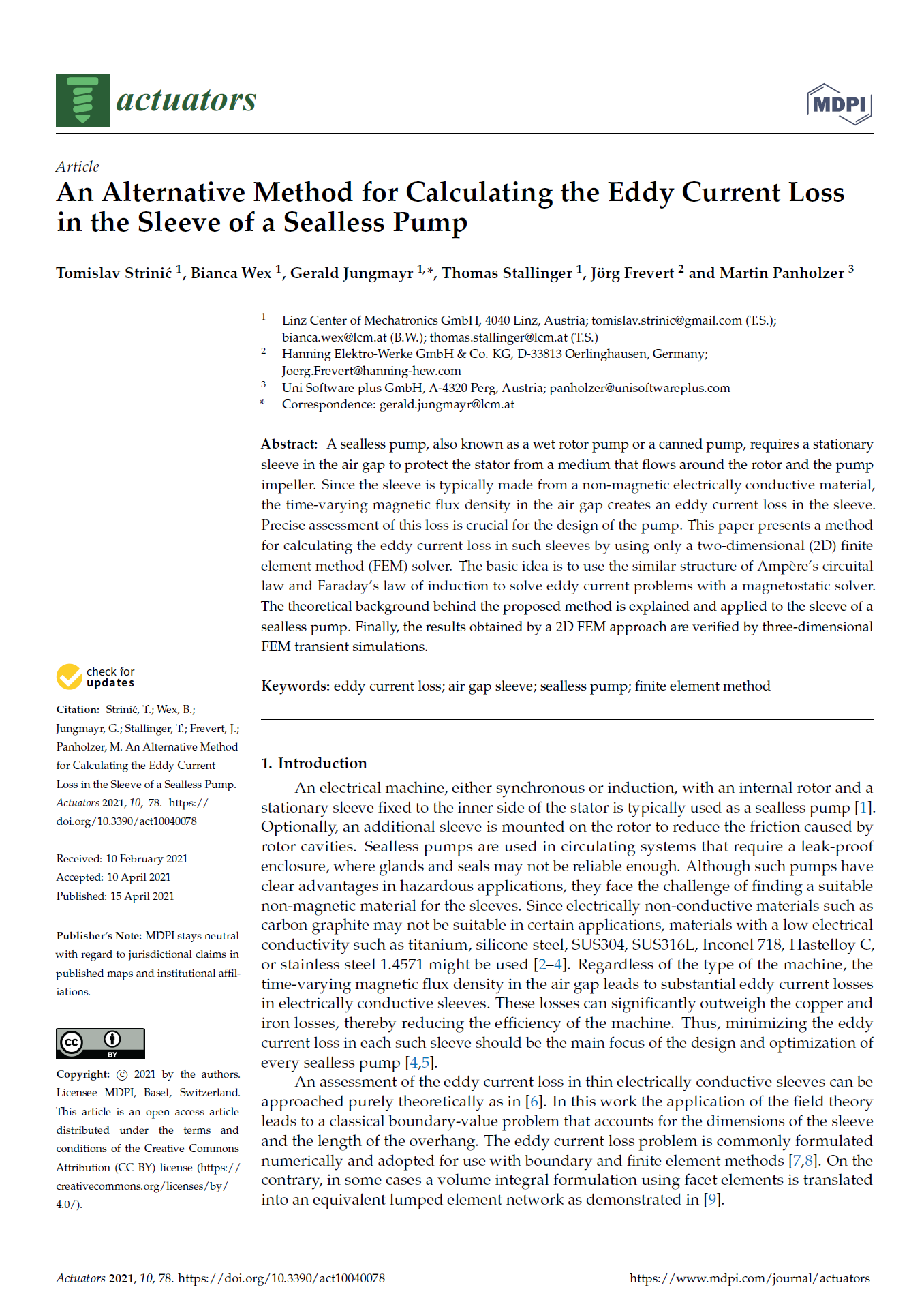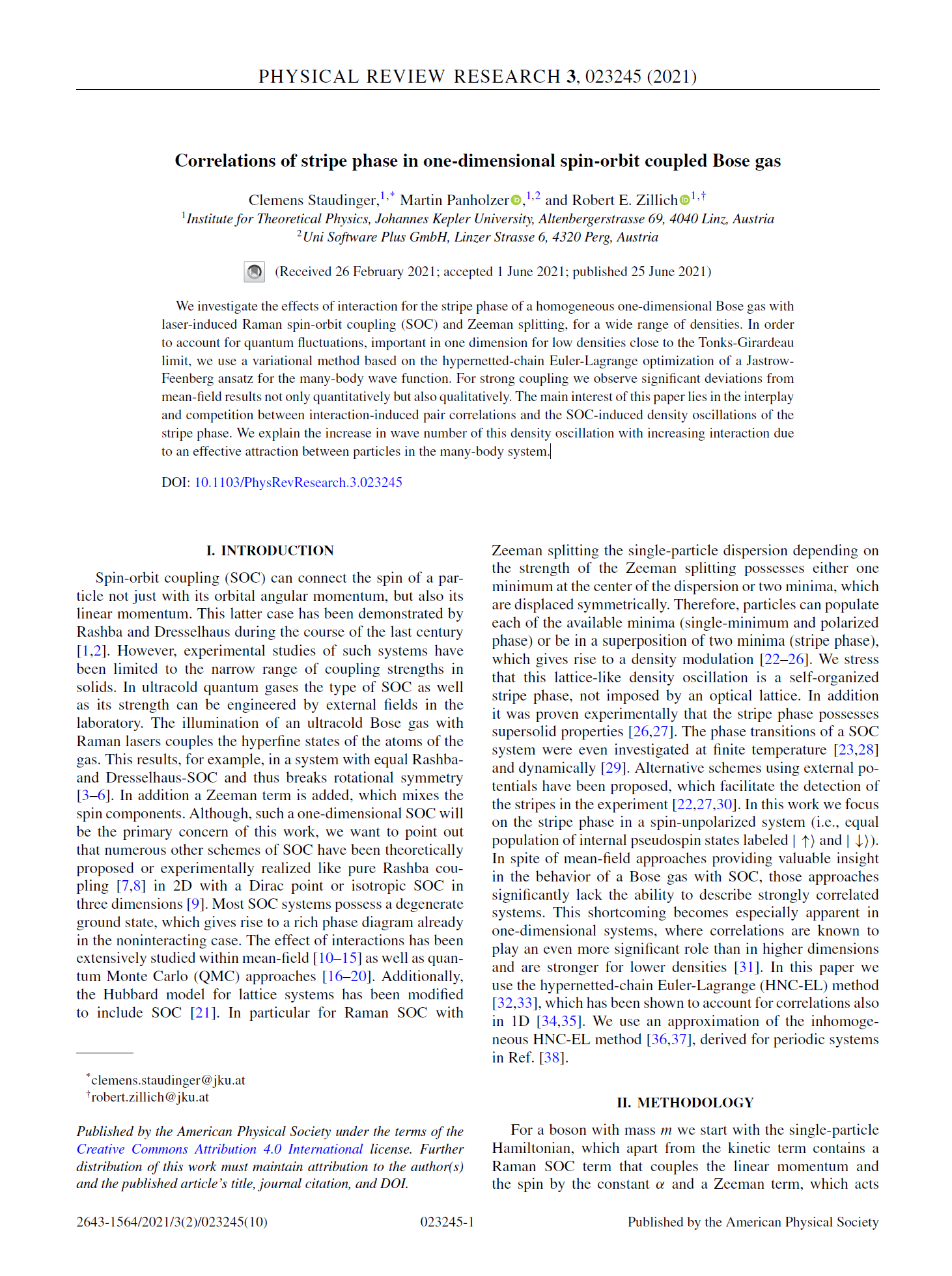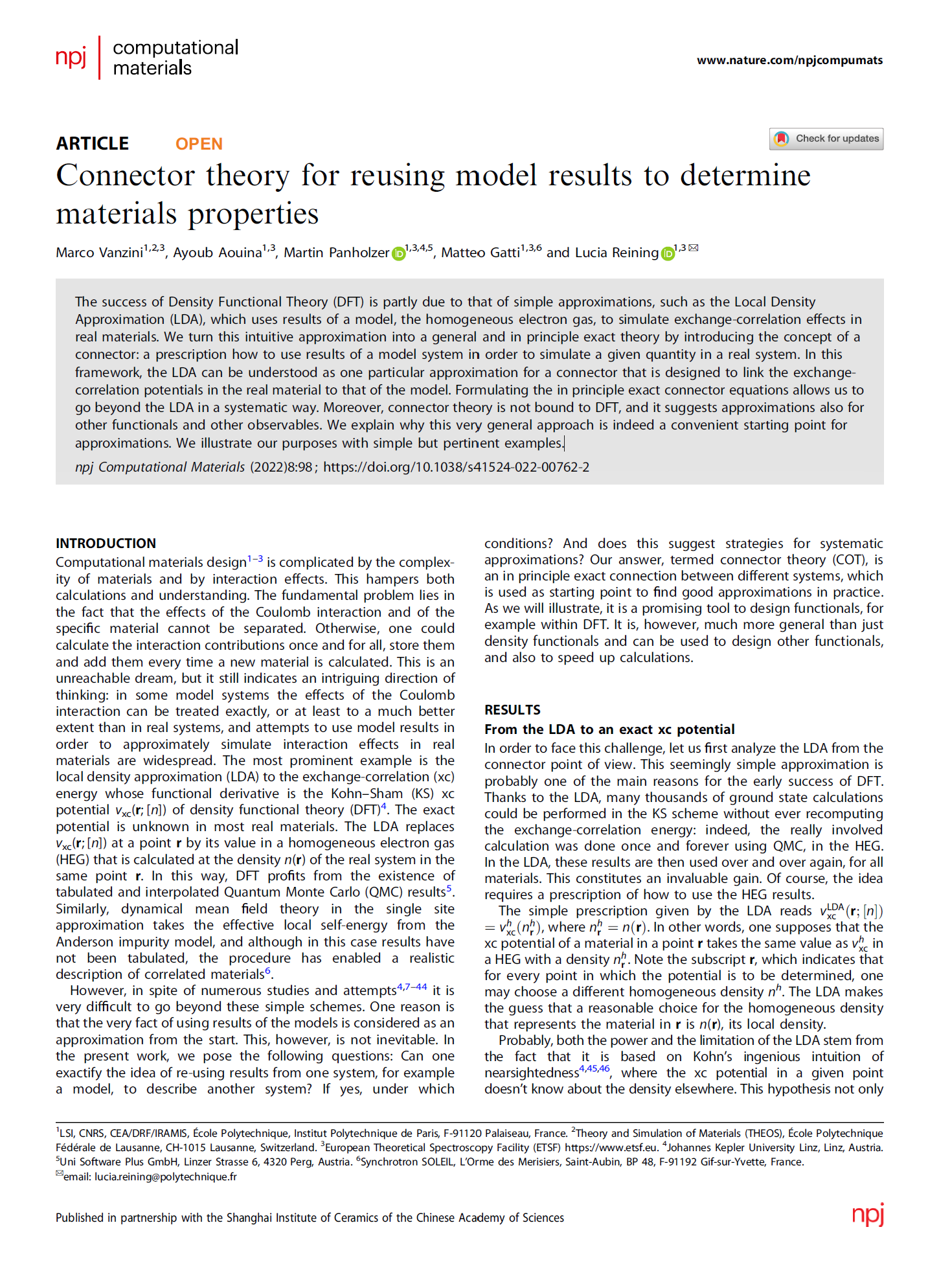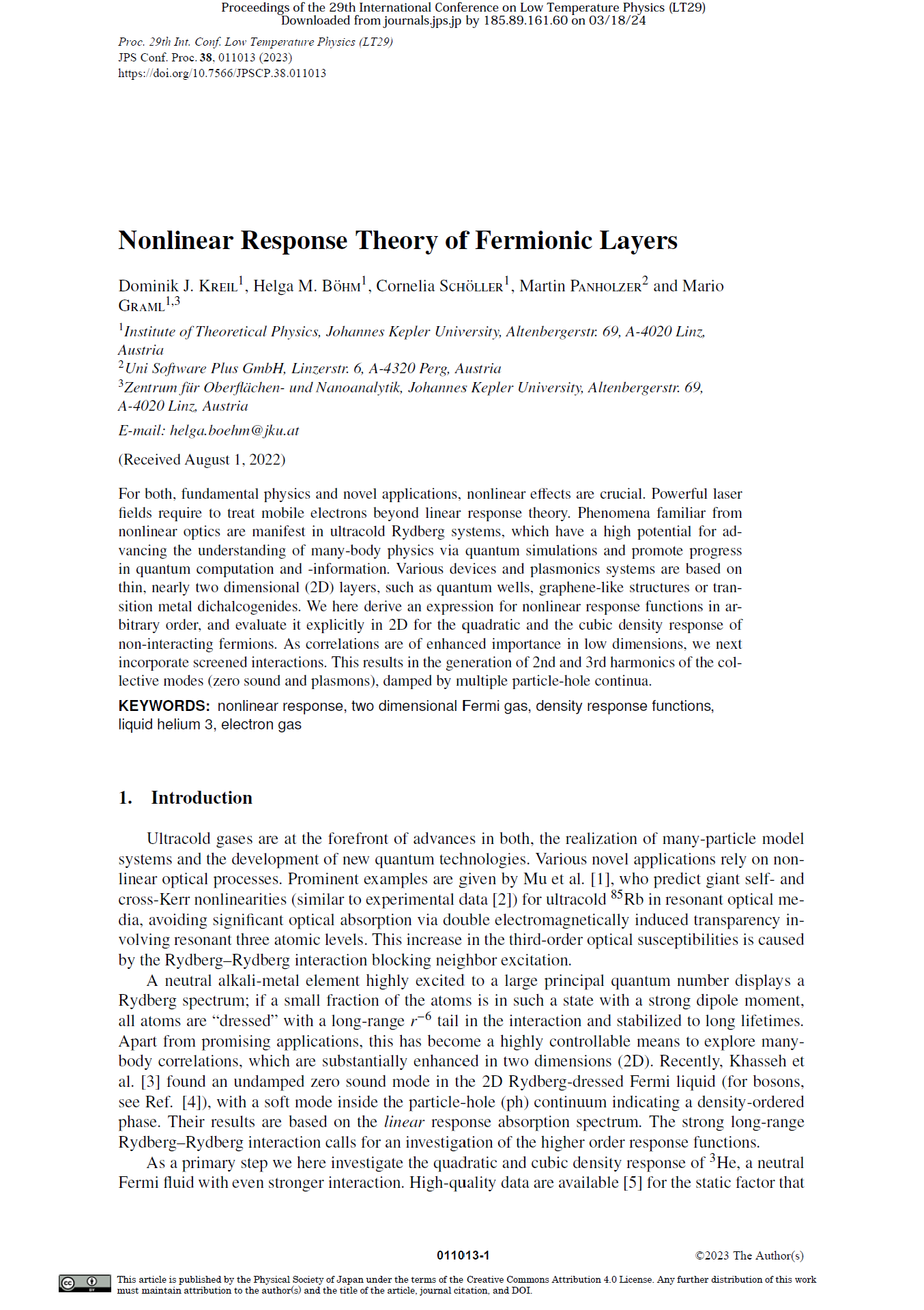Research Papers
An Alternative Method for Calculating the Eddy Current Loss in the Sleeve of a Sealless Pump
Abstract
A sealless pump, also known as a wet rotor pump or a canned pump, requires a stationary sleeve in the air gap to protect the stator from a medium that flows around the rotor and the pump impeller. Since the sleeve is typically made from a non-magnetic electrically conductive material, the time-varying magnetic flux density in the air gap creates an eddy current loss in the sleeve. Precise assessment of this loss is crucial for the design of the pump. This paper presents a method for calculating the eddy current loss in such sleeves by using only a two-dimensional (2D) finite element method (FEM) solver. The basic idea is to use the similar structure of Ampère’s circuital law and Faraday’s law of induction to solve eddy current problems with a magnetostatic solver. The theoretical background behind the proposed method is explained and applied to the sleeve of a sealless pump. Finally, the results obtained by a 2D FEM approach are verified by three-dimensional FEM transient simulations.
Rydberg-dressed Fermi liquid: Correlations and signatures of droplet crystallization
Abstract
Correlations of stripe phase in one-dimensional spin-orbit coupled Bose gas
Abstract
We investigate the effects of interaction for the stripe phase of a homogeneous one-dimensional Bose gas with laser-induced Raman spin-orbit coupling (SOC) and Zeeman splitting, for a wide range of densities. In order to account for quantum fluctuations, important in one dimension for low densities close to the Tonks-Girardeau limit, we use a variational method based on the hypernetted-chain Euler-Lagrange optimization of a Jastrow-Feenberg ansatz for the many-body wave function. For strong coupling we observe significant deviations from mean-field results not only quantitatively but also qualitatively. The main interest of this paper lies in the interplay and competition between interaction-induced pair correlations and the SOC-induced density oscillations of the stripe phase. We explain the increase in wave number of this density oscillation with increasing interaction due to an effective attraction between particles in the many-body system.
Connector theory for reusing model results to determine materials properties
Abstract
The success of Density Functional Theory (DFT) is partly due to that of simple approximations, such as the Local Density Approximation (LDA), which uses results of a model, the homogeneous electron gas, to simulate exchange-correlation effects in real materials. We turn this intuitive approximation into a general and in principle exact theory by introducing the concept of a connector: a prescription how to use results of a model system in order to simulate a given quantity in a real system. In this framework, the LDA can be understood as one particular approximation for a connector that is designed to link the exchangecorrelation potentials in the real material to that of the model. Formulating the in principle exact connector equations allows us to go beyond the LDA in a systematic way. Moreover, connector theory is not bound to DFT, and it suggests approximations also for other functionals and other observables. We explain why this very general approach is indeed a convenient starting point for approximations. We illustrate our purposes with simple but pertinent examples.
Nonlinear Response Theory of Fermionic Layers
Abstract
For both, fundamental physics and novel applications, nonlinear effects are crucial. Powerful laser fields require to treat mobile electrons beyond linear response theory. Phenomena familiar from nonlinear optics are manifest in ultracold Rydberg systems, which have a high potential for advancing the understanding of many-body physics via quantum simulations and promote progress in quantum computation and -information. Various devices and plasmonics systems are based on thin, nearly two dimensional (2D) layers, such as quantum wells, graphene-like structures or transition metal dichalcogenides. We here derive an expression for nonlinear response functions in arbitrary order, and evaluate it explicitly in 2D for the quadratic and the cubic density response of non-interacting fermions. As correlations are of enhanced importance in low dimensions, we next
incorporate screened interactions. This results in the generation of 2nd and 3rd harmonics of the collective modes (zero sound and plasmons), damped by multiple particle-hole continua.







